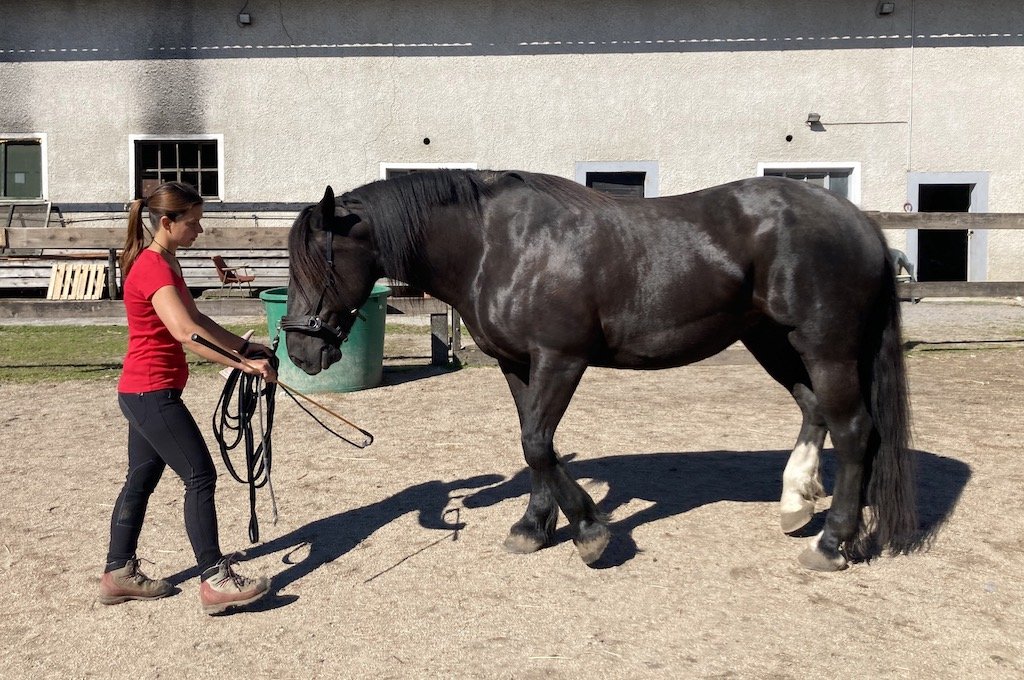What are the goals of retraining horses?
Teaching good movement can be a daunting task. Breaking it down into smaller goals will help us stay on the right path and train in a systematic way.
When working with our horses, we usually have a specific goal in mind. Whether it is a higher level in competition, learning a new discipline, improving on our communication or going for long trail rides in the country, everything we do with our horses has a goal. Having the goal in mind is useful when designing the training session. For many horses, goals like this are secondary. The first one is to get them moving well. Because let's face it, many of us are dealing with horses that need to be retrained, horses coming back from an injury or horses that have been previously trained in an unhealthy way. And for those horses, good movement is the first goal. All the rest comes second. Because the idea of teaching our horse healthy movement, can be daunting, it helps to break it down into even smaller goals. So, what are our goals when it comes to retraining horses?
Establishing clear communication is a must.
First of all, if we want to teach the horse how to move well, we need to be able to communicate well. Knowing what good movement should look like will do us no good if we can't find a way to effectively convey that to the horse.
The first goal is establishing good communication. Establishing the language between you and your horse is an important step in retraining and investing time in it will pay off greatly. Because horses are herd animals, they are great at noticing subtle body language and shifts in intention and energy, which makes our job easier. Take time to discover just how subtle you can make your cues.
The second prerequisite of good movement is coordination. All the muscles in the world won't help a horse who has doesn't really know where his hind legs are. The nervous system is the one responsible for creating movement patterns. Dysfunctional movement patterns are the ones responsible for many injuries and health issues, so undoing them is a big step in retraining. Working with the nervous system is a good starting point, because we need coordination before we can go on to building muscles.
There are many ways in which we can improve coordination.
The third goal in retraining is conditioning the myofascial system. We need the fascia to be healthy to do its job - transferring energy through the body and creating efficient movement. And we need the muscles, especially the postural (or core) ones, to be strong to support a healthy range of motion in the spine.
The third goal is conditioning the myofascial system.
It can be hard to completely separate these three goals into specific kinds of training sessions, but there are ways in which we can make our training lean more towards one of the goals. Next week we will be looking more closely at what principles we need to keep in mind when putting together a training session for each particular goal.


